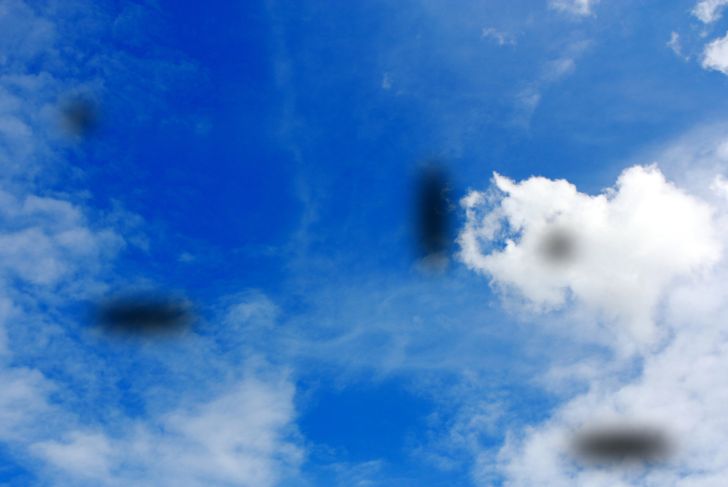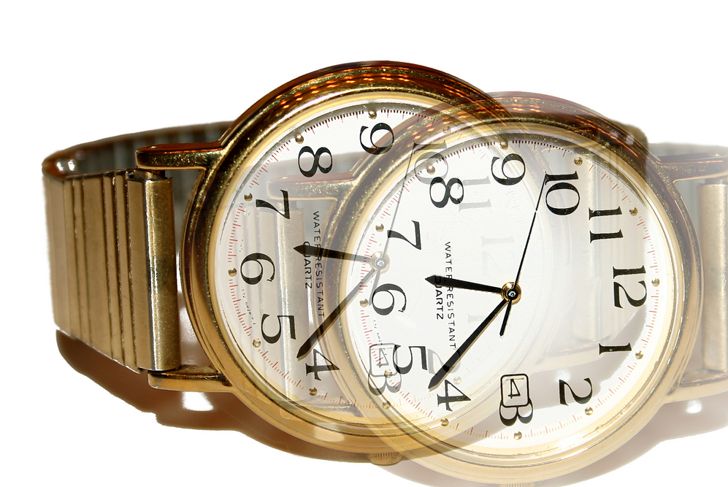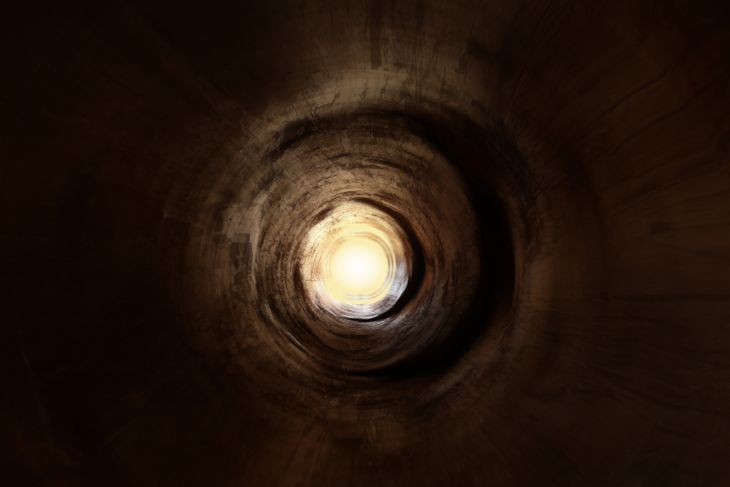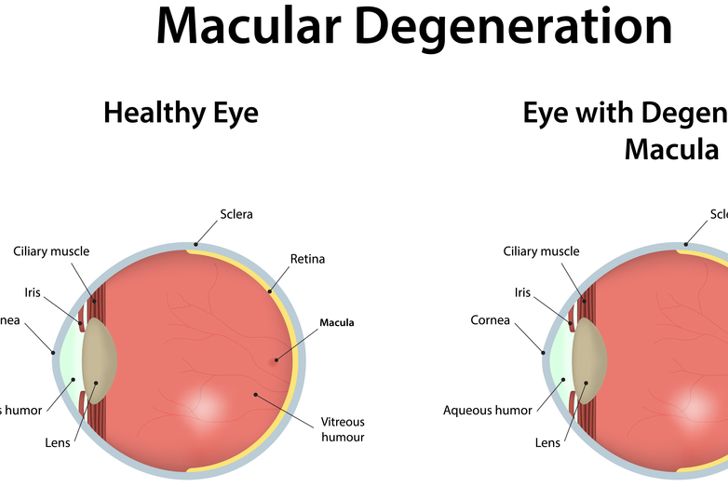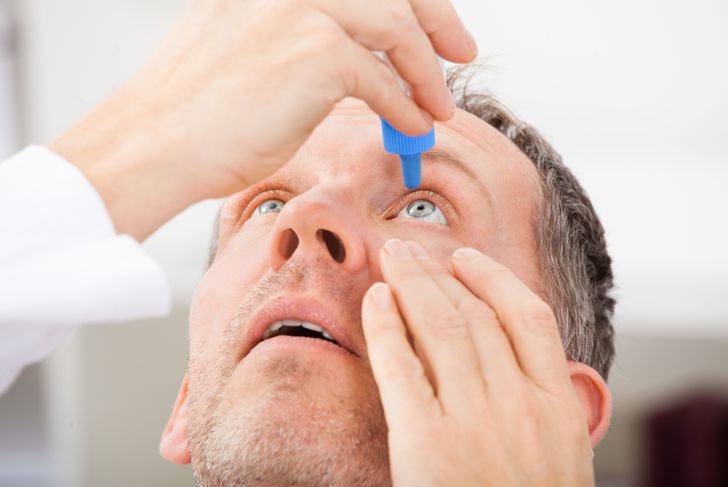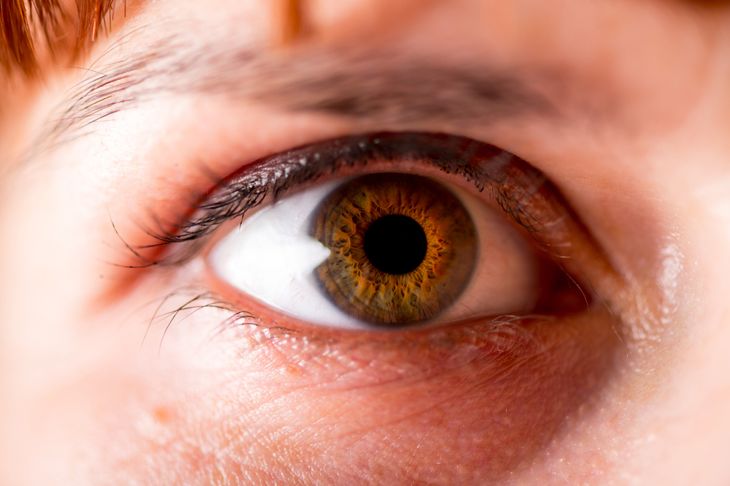The onset of any eye symptoms can be a warning sign of poor vision to come. Growing older automatically brings on eye changes and various conditions to do with vision. Stress and trauma can also cause eye problems you may not even be aware of at first. Regular yearly eye exams are the best way to determine early if you are experiencing any poor vision, which is necessary, as untreated problems can lead to blindness. If you are experiencing any of the following, it best to get your eyes checked.
Floaters and spots
Seeing spots or in your vision is common, but should always be a call for a bit of concern. Spots and floaters can be caused by various conditions. They could be caused by the interior of the eye becoming liquefied and separating from the retina. This is an age-related condition called vitreous detachment. If you are pregnant, it could be a sign of preeclampsia, which is a pregnancy-related complication. Either way, a trip to the doctor is the best way to determine why they appear and if they are further cause for concern.
Dark curtains
This symptom is called dark curtains because of the sensation that happens in the eye. It has been described as if a dark curtain has settled across your vision. This kind of thing can be from a retinal detachment. A retinal detachment occurs when the retina of the eye separates from the existing, underlying layer of blood vessels or choroid. The aging process can cause this, or if there is significant stress out on the eye. Either way, if the retina is not reattached within a few hours, there can be permanent damage to the patient’s vision.
Double vision
For people ‘seeing double’ it can be a scary experience, it can mess with your balance and coordination and cause disorientation. Also known as ghost images, as the patient will see a copy of the primary object they are looking at. Double vision can be a signal to an underlying condition. It is a common symptom of stroke, so please seek medical assistance from a general practitioner, or your eye doctor if you have one, if you experience double vision at any time.
Eye pain and redness
More than just a general eye pain, if the pain and redness reach extreme measures and is in conjunction with vomiting, it could be a case of narrow-angle glaucoma. This condition can permanently damage the optic nerve of the eye. Narrow-angle Glaucoma occurs when the internal eye structures are blocked which causes blockage of the drainage angle of the eye. It is important to immediately seek medical assistance when faced with these symptoms either with a trip to the emergency room or directly to an ophthalmologist.
Blurry vision
This is specific to if you experience blurry vision in one eye, and if it comes on suddenly. This is likely to be caused by a macular hole. Macular holes will usually develop in people over 60 years of age, and they appear in the part of the eye retina, which is dedicated to increasing fine focus. For younger people, macular holes may form after injury or trauma or through a diabetic eye disease. Macular holes can worsen over time if not treated, and they will eventually cause loss of vision.
Loss of peripheral vision
Losing your peripheral vision is when you experience a narrowing of your field of view. This inhibits you being able to see objects that are located off to the sides. This is a clear sign of glaucoma, which is an eye disease that permanently damages the optic nerve. This kind of glaucoma occurs quickly with very little symptoms. If untreated, losing your peripheral vision could become worse and become tunnel vision, before leading to irreversible blindness.
Loss of central vision
Losing your central vision means that you may only see objects that are to the side of what is in your line of view. The center may be dark or blurred. Losing your central vision is quite scary as most of what we need to see is in the center of our view. This symptom, as well as when objects in the center of view are distorted, such as straight roads or lines become wavy, can be a sign of macular degeneration (AMD). AMD is the main cause of blindness for older Americans. There are treatments available to limit any related vision loss because of the disease.
Loss of color
If you lose the color in your vision and can’t differentiate between blue and green and different reds, you may be suffering from poor vision. It’s the same principle if you see halos around lights at night time or blurry during the day. All of these symptoms may be an early sign of cataracts. Cataracts are the most common form of vision loss in people over 40 in America, and it appears by clouding the eye’s natural lens. Cataracts start small and grow over time. If untreated, they lead to vision loss.
Dry eyes
Dry eye syndrome can also be referred to when the eye is irritated or feels scratchy. There may be pain and a feeling of tearing within the eye, a bit like how sand may feel scratchy. Dry eye syndrome is very annoying and a bit painful, but it is more of a nuisance rather than anything more severe as the symptoms are likely to dissipate with some medical help or over the counter remedies, and there should be no changes to your vision. However, the symptoms can get worse with age because your body produces fewer tears, and tears are used as a lubricant for the eye.
Blind spots
Blind spots, also known as a scotoma, are when your visual field is obscured. They are not literal ‘spots,’ but rather an area that disappears within their line of vision. This it is not the same for every eye. Everyone has a scotoma in their field of vision, but the location of these blind spots have to do with when the light detector cells on the optic disc of the retina, and how they react. A scotoma is a symptom of damage to the eye and visual system from various diseases or trauma. Blind spots can be accompanied by floaters, or spots, in your vision, and will need to be addressed by a physician.

 Home
Home Health
Health Diet & Nutrition
Diet & Nutrition Living Well
Living Well More
More